Sightseeing Spots
Search Results307
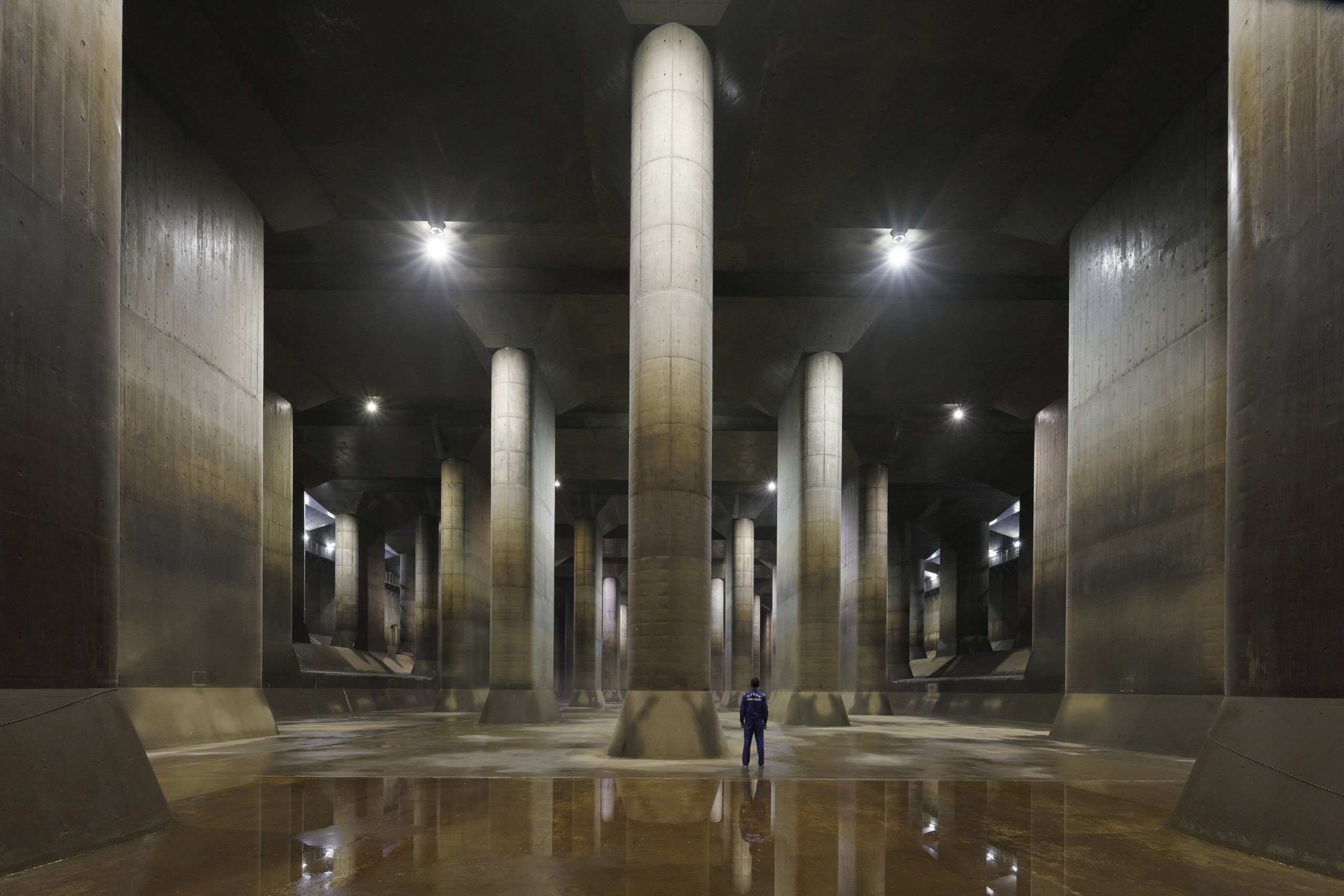
To help visitors learn more about the role of the regional flood control facility, “Metropolitan Area Outer Underground Discharge Channel,” we have increased the appeal of our tours and begun the second installment of this ongoing social experiment. In addition to the wildly popular tour of the surge tank, known as the "underground shrine," we have added secret passages, pump rooms, and sections of the gas turbine which will be opened to the public in 4 different courses. We encourage you to experience the grandeur of the “Metropolitan Outer Area Underground Discharge Channel.” Please check the URL below for details regarding tours and facilities. Notes on the reservation site: You can switch to English by clicking on the mark next to the earth symbol in the top right corner of a header section
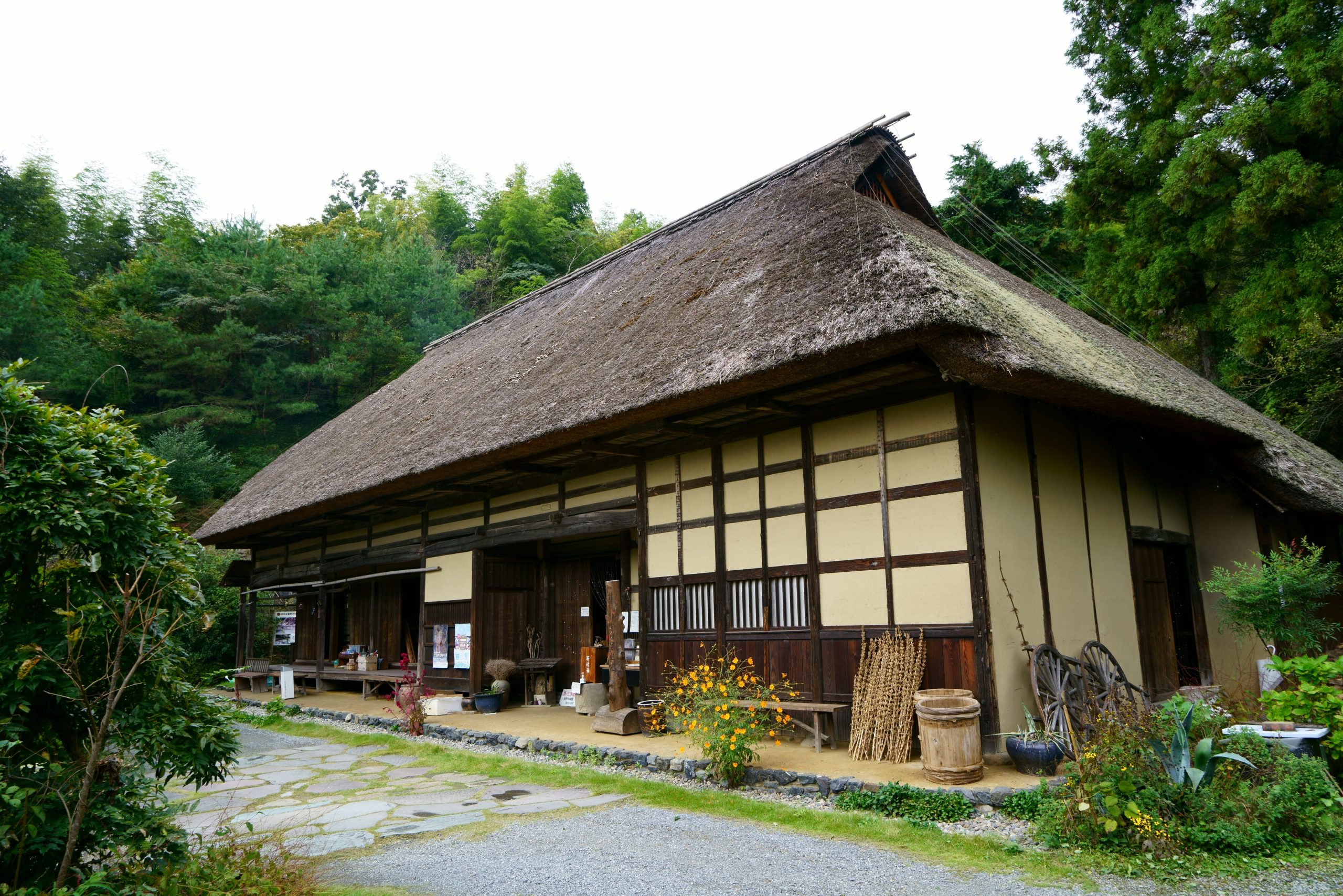
Constructed in 1721 and the largest private residence in the prefecture, this residence features a hip-and-gable thatched roof demonstrating the age of the building, and has been designated a National Important Cultural Property. The building measures 21.8 meters in length and 10.5 meters between beams. Visitors can sit around the sunken hearth (irori) and enjoy old-fashioned udon (wheat noodles), dango (rice dumplings) and other foods.
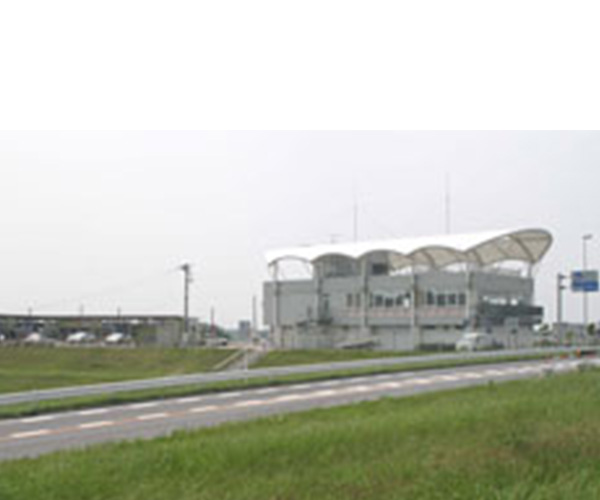
A roadside station with a full view of Watarase-yusuichi (a vast wetland and vibrant wildlife habitat). There is a facility selling products such as Koshihikari brand rice, grown on the fertile land of Kitakawabe area, and fresh local vegetables such as the Momotarō tomato. The richly flavored handmade soba available at the farm restaurant is also very popular, with many repeat customers. This new attraction is very unique to Japan as it straddles three prefectures, resulting in the roadside station being responsible for its overall promotion.
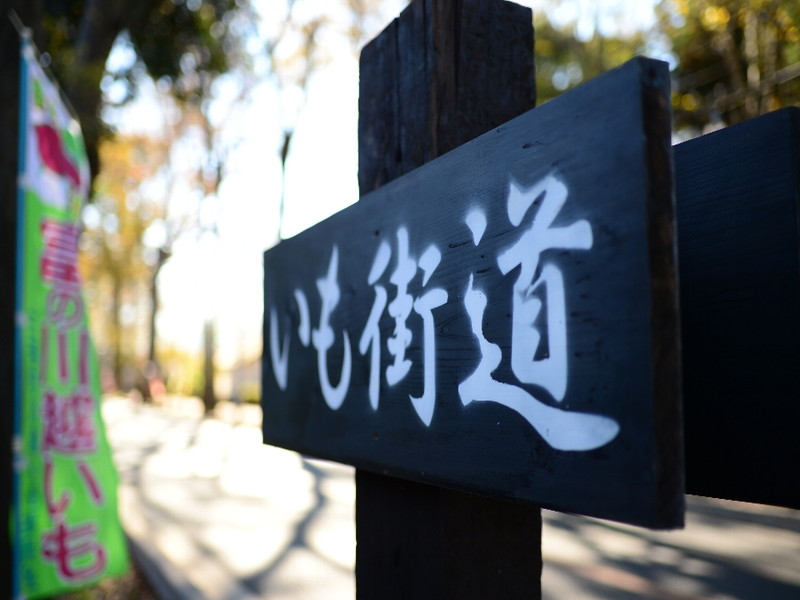
This road is lined with farm houses responsible for producing Miyoshi-machi’s specialty sweet potato “Fuji no Kawagoe Imo." When in season in September through January, the farmers raising their banners in unison to signify that many sweet potato varieties are now available for purchase is a sight unique to this area. There are also farmers selling ice cream, yōkan (gelled red bean wagashi) and shōchū made from Fuji no Kawagoe Imo. The large Japanese elm trees on either side of the road are another popular attraction.
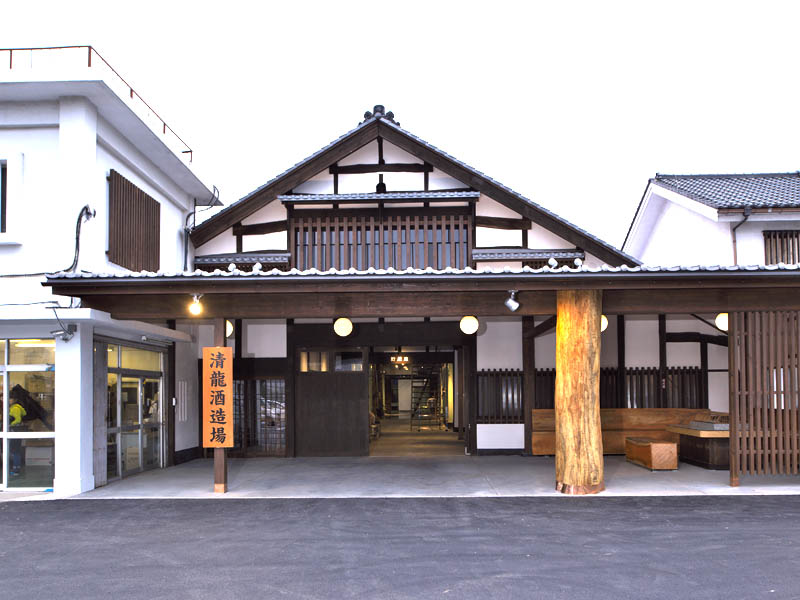
Seiryu Brewery is famous for being both the biggest producer in the Kanto region and for offering superb taste and top quality. Beginning with their concept of "showing the face of the brewer to inspire trust in the customer," they were the first in the local industry to sell sake at the brewery directly to the customer.
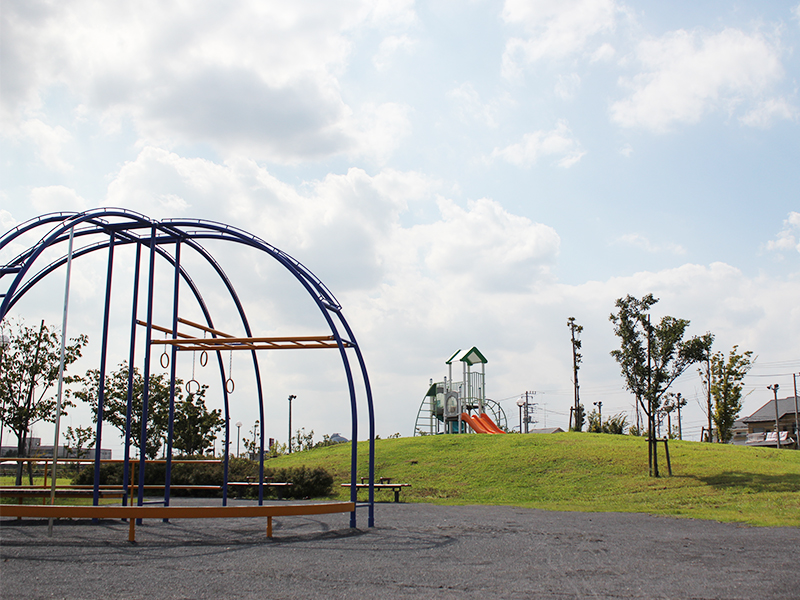
Located only a 5-minute walk from Yoshikawaminami Station on the JR Musashino Line, this is the largest park in Yoshikawa City. From Miharashi Hill, you can see the adjacent pond and multipurpose plaza. There is also a playground with a variety of equipment which can be enjoyed by both children and adults.
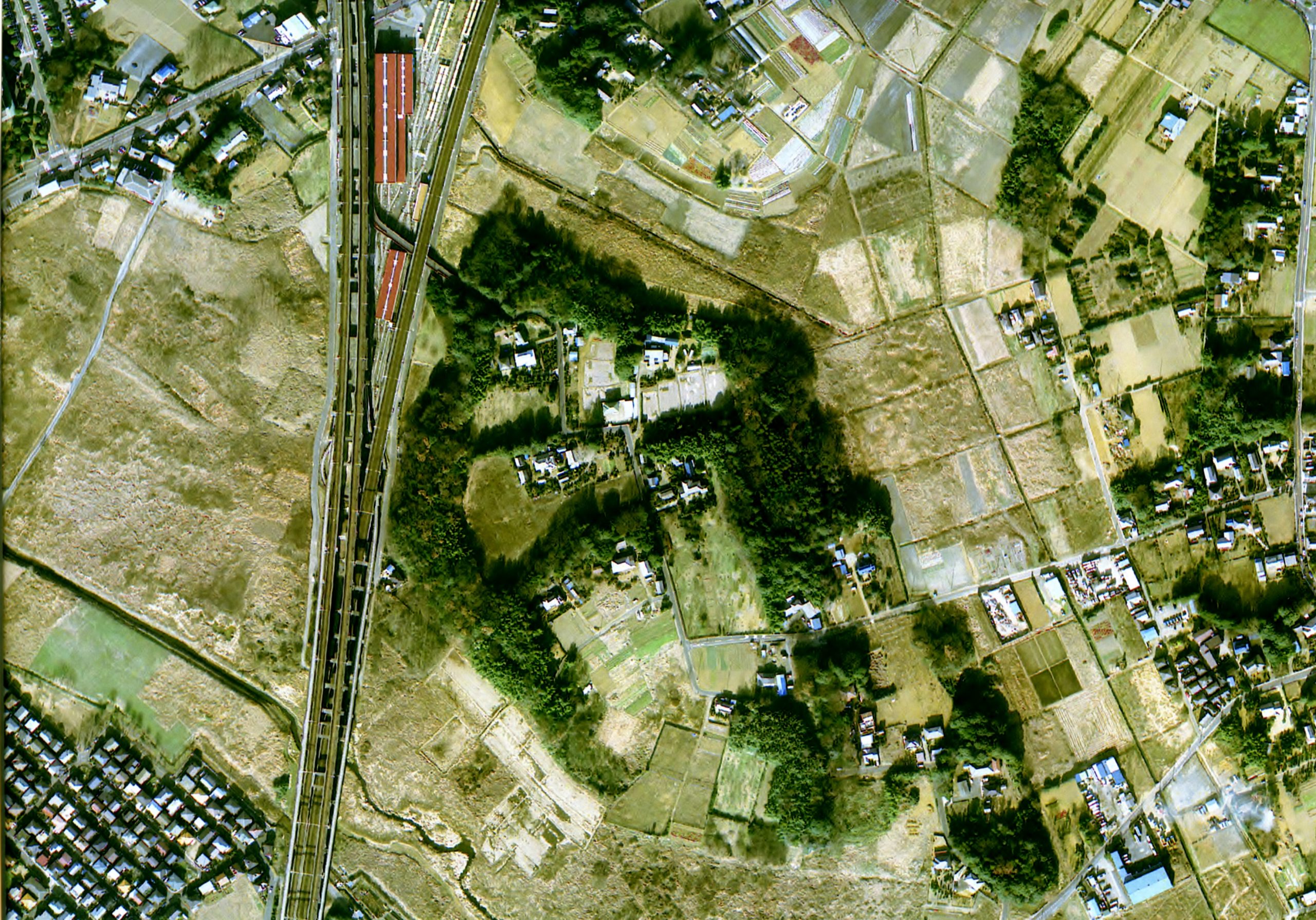
Ina town has a rich history still visible in the seemingly ordinary townscape of today, telling the tales of many hundred years ago. This is the site of the encampment used by the prominent leader Tadatsugu Ina, who served under the Tokugawa shogunate during the Edo period. Tadatsugu improved irrigation channels and developed rice fields, laying the foundation for the legendary Tokugawa rule that lasted 260 years. To this day, earthworks, moats, and streets remind us of the past through their names that relate to ruins of old gates, encampments, storehouses, and other historical structures. Excavations are still under process, and new finds, such as unique earth constructions made to hinder enemy troops, are being discovered, further revealing the exciting history of Ina town.

Given its name after Emperor Meiji climbed to the summit, Mt. Tenran (imperial inspection) is the first scenic spot designated by the prefecture. Despite its low elevation, Hanno City can be seen below. The cherry blossoms in spring, azaleas, and autumn leaves make this mountain a beautiful starting point to the Okumusashi Long Trail.
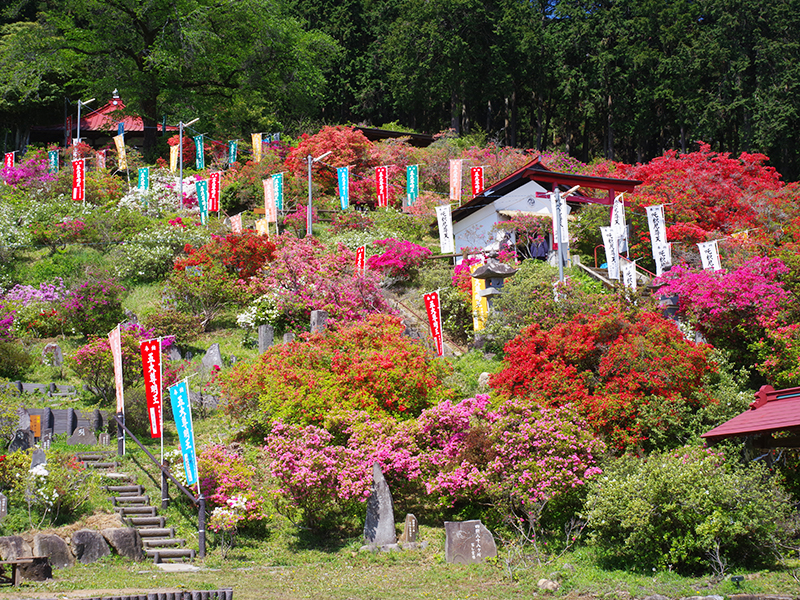
Ancient trees, said to have been planted more than 350 years ago, line either side of the stone steps of Godaison, where the five statues of Myo-o, the gods of wisdom, are enshrined. The adjacent Azalea park is one of the best Azalea viewing spots in the Kanto region, with about 10,000 azalea plants in bloom.
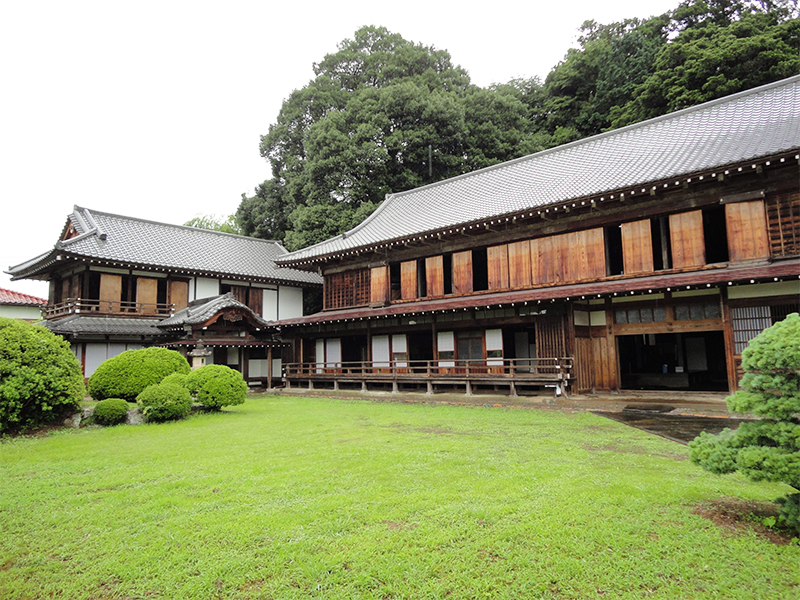
This residence, built during the end of Edo period to the first half of the Meiji period, centers around the main building and guest hall, which includes a barn and two storehouses. Featuring stone and white walls built facing the road, it is a beautiful representation of Komago scenery. The residence was designated as a national tangible cultural property in 2014.
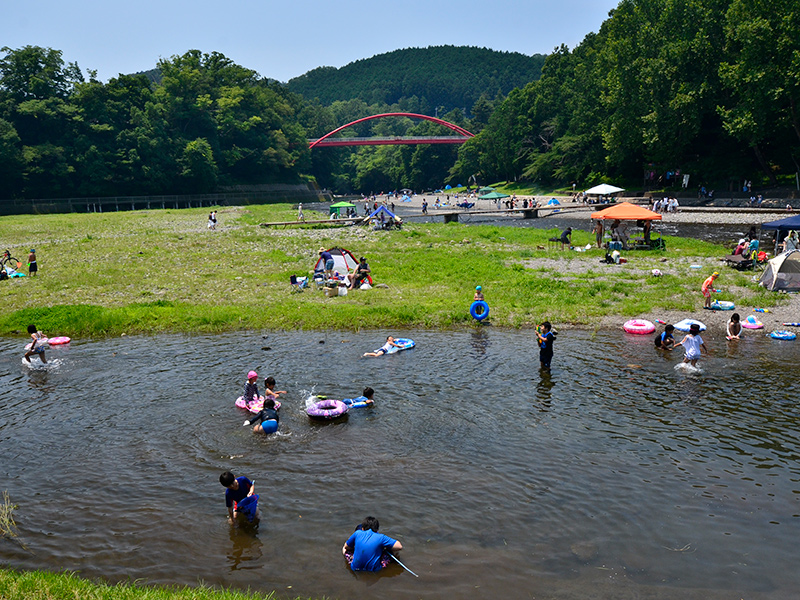
Just a close 15 minute walk from the station, this popular Hanno City tourist spot is filled with people in the summer. The contrast of the deep green trees with the red Wareiwa Bridge provides an ideal photo background, making this the perfect riverside spot for capturing fun summer memories. Rental BBQ equipment and ingredients are also readily available at nearby stores, so revelers can arrive empty-handed.
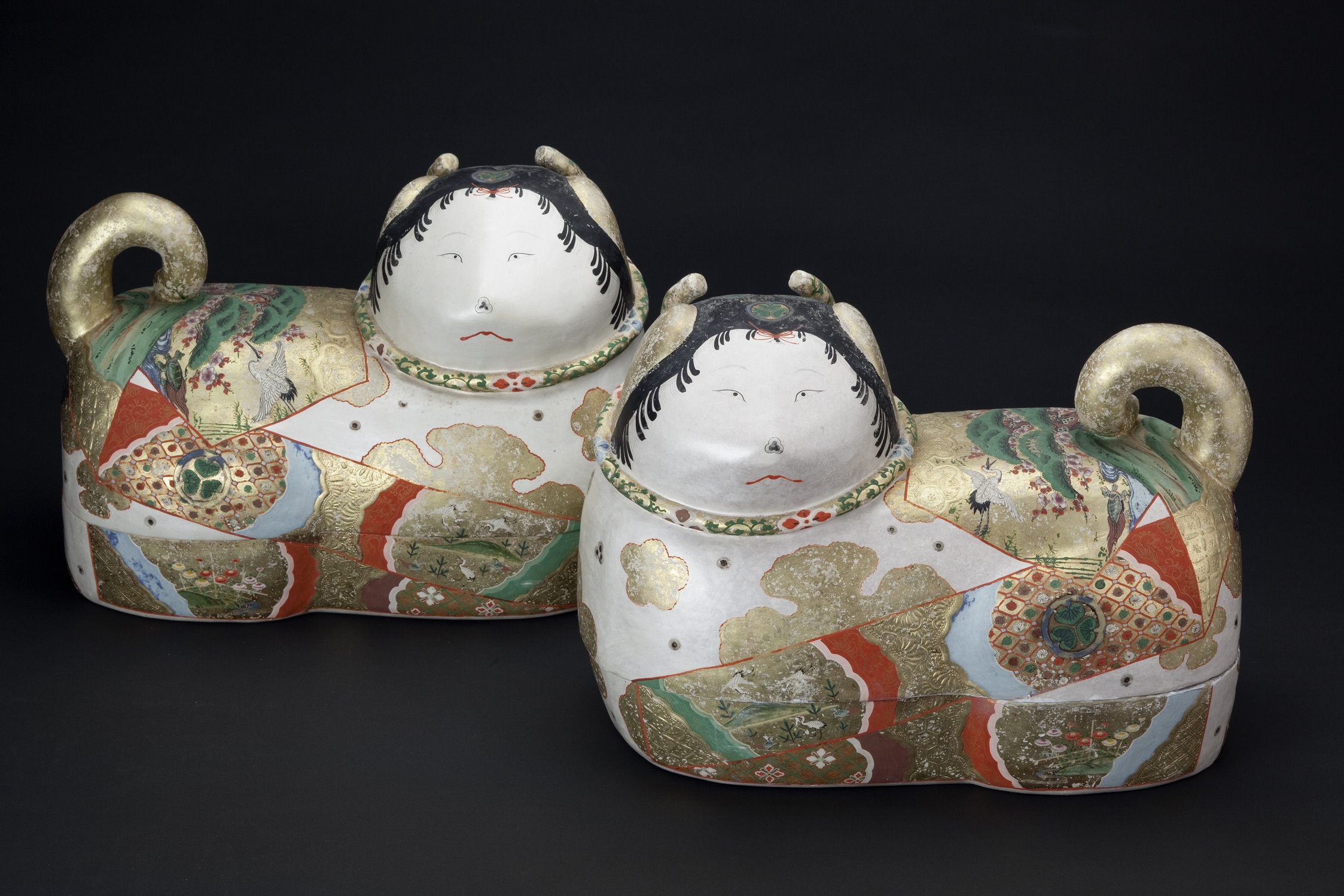
“Saitama City Iwatsuki Ningyo Museum” was opened in Saitama’s Iwatsuki Ward in 2020 and explores the history of dolls and their role in people's lives, promoting the culture of dolls for the future. We are working on a project to make dolls more familiar to people through exhibitions and activities, as well as collecting and storing documents related to dolls and researching about the culture of dolls. (For more information, please see the URL below)
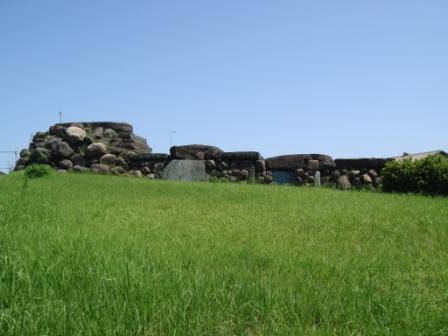
The Hachimanyama Kofun (Mount Hachiman megalith tomb) in Gyoda City is the main tomb of the group of Wakakodama tombs found in this area. Restored in 1981, it is estimated to have been built in the 7th century and has a diameter of 80 meters. The “Urushi Nuri Mokkan" (lacquered wooden casket) was excavated from the stone hut in almost perfect condition, with those buried inside assumed to have been people of power. It is called “Kanto-no-Ishibutai" (the stone stage of Kanto) because it is similar to the Ishibutai Kofun (stone stage tomb) at Asukamura of Nara Prefecture.
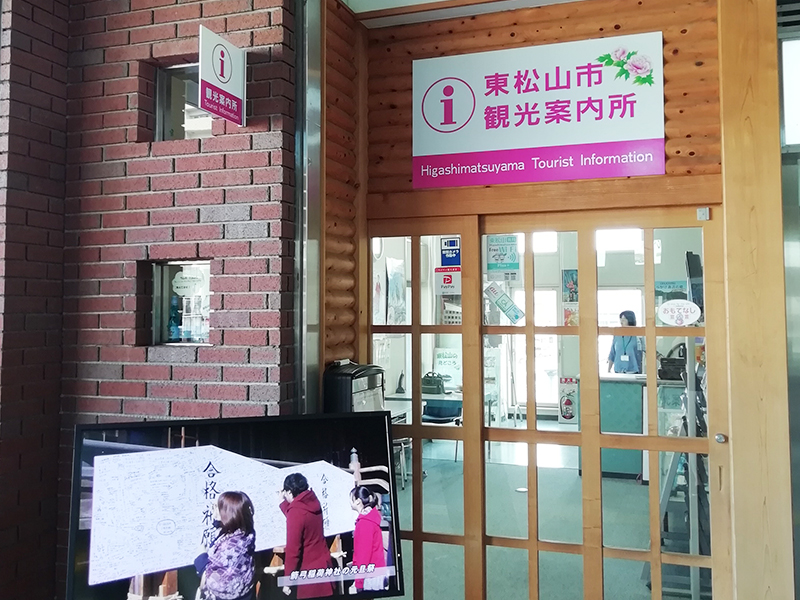
This tourist information center is located on the second floor of the station building adjacent to Higashi-Matsuyama Station. Here you can find pamphlets on sightseeing spots and city events, walking maps, and more. City mascot character goods and other local specialty goods are also available for purchase. A pamphlet rack is located in front of the ticket gates of Higashi-Matsuyama Station, allowing you to easily grab what you need on your way to the train.
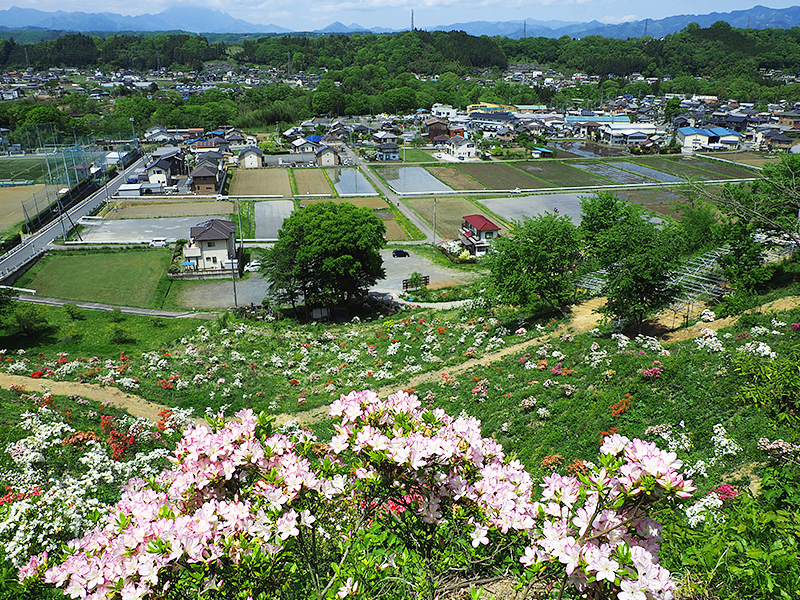
This small, charming hill of approximately 4 hectares has been maintained by local residents and volunteers as a gathering place to watch flowers bloom. Visitors can enjoy a carpet of greenery and mainly white flowers like out of a fairytale; over 6,000 flowers and trees that change from season to season. The town also collaborated with Musashino Art University for a joint project between government and academia to create three integrated artworks, adding even more charm to the park.

Built on the ruins of Iwatsuki Castle, this park has lush natural trails and wide, open spaces, and is a popular place of relaxation for the local people. There is also a tennis court, baseball field, playground equipment, a picnic area with a fountain, a pond covered by a vermillion-lacquered zigzag bridge, and a vintage Tobu Railway Romancecar "Kinu No.1" on display, making this park enjoyable for all ages! In the spring, the park is known for its 600 cherry blossom trees and the lively events it sponsors.

This is the largest poppy flower field in Japan, spanning about 12.5 hectares. At the Poppy Festival in mid-May, you can enjoy refreshments, regional vegetables, and of course, flower picking! The view of Mt. Fuji from under the Onari bridge by the Arakawa river, where the field can be found, is known as one of the best views of Mt. Fuji. A truly spectacular and scenic view of red, pink, and orange poppies blooming all around you.
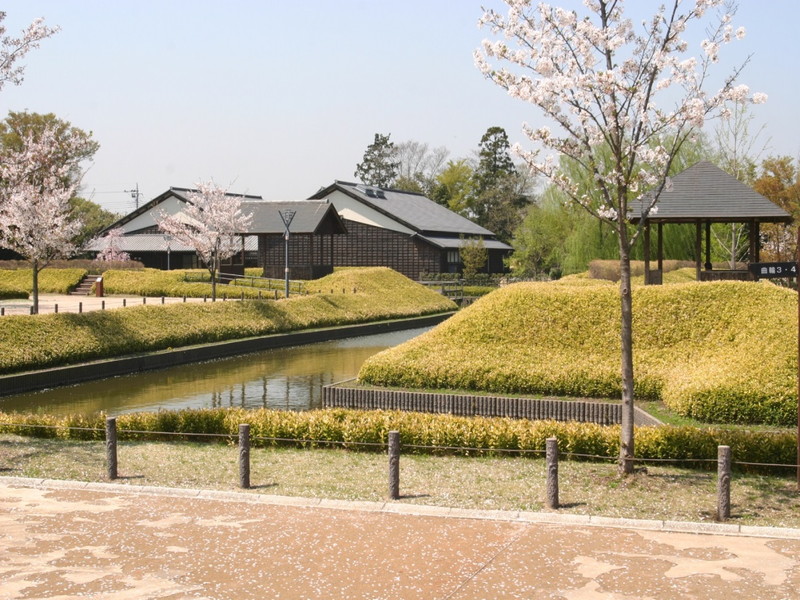
The Nanbata Castle Park Museum is located in the middle of a long and narrow park, straddled by divisions of east and west sides, with a replica of the Nanbata Castle in the "Shiroato Zone" on the east side, and relocated kominka (old residences) in the "Kominka Zone" on the west side. In the "Shiroato Zone" are the restored enclosure, water moat and earthwork mounds of the Nanbata Castle from the Sengoku Period. Visitors can enjoy the changing seasonal scenery of the water lilies and other wetland plants growing in the water moat. In the “Kominka Zone” are two relocated and restored early Meiji period private residences and the gate of a townhouse that are designated city cultural properties. Annexes such as a granary (kokugura), library (bunkogura) and barn (naya) were newly built to replicate Fujimi City's nostalgic farmhouse scenery. In the granary, visitors can watch videos about local performing arts and the restoration of the old farmhouses. The regional exchange facility, "Chokkura," is also connected to the building, where visitors can purchase local produce and souvenirs.
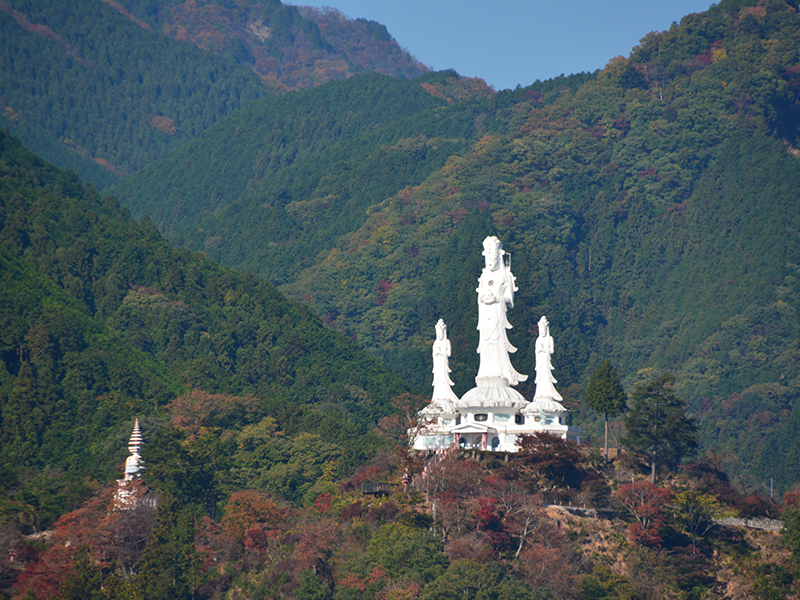
Selected as one the top 100 locations in Saitama, the Mt. Hakuun (Hakuun-san) Torii Kannon temple covers an area of around 30 hectares (the size of 6.5 Tokyo Domes) in Okumusashi/Naguri, where founder Yataro Hiranuma spent over 30 years erecting buildings in various places on the mountain. In addition to the symbolic Kusei Kannon (Goddess of Salvation) on the mountain summit, there is also the main hall, Gyokkamon Gate, Niomon Gate, Great Bell Tower, Heiwa Kannon (Goddess of Mercy), and notably the Genjo Sanzo Tower, famous for enshrining the remains of Genjo Sanzo, a Buddhist priest who appears in the famous Chinese novel "Journey to the West."
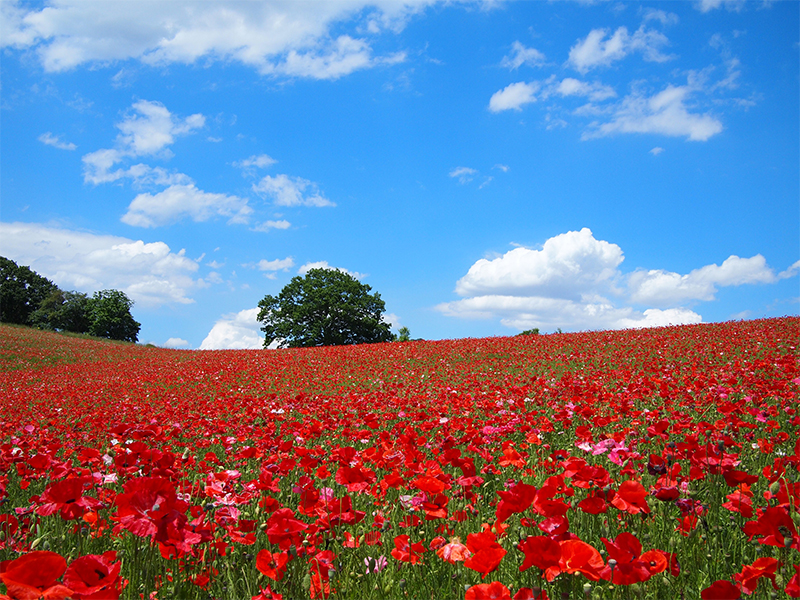
About 12 million poppies bloom in full on this vast slope 500 meters above sea level. The contrast between the red poppies and clear blue sky is a sight to behold. Coinciding with the peak bloom season, the "Poppies in the Sky" (Tenku no Poppy) event is held here, and local gourmet food and specialty products are available for sale. A temporary parking lot is also made available. We hope to see you there!
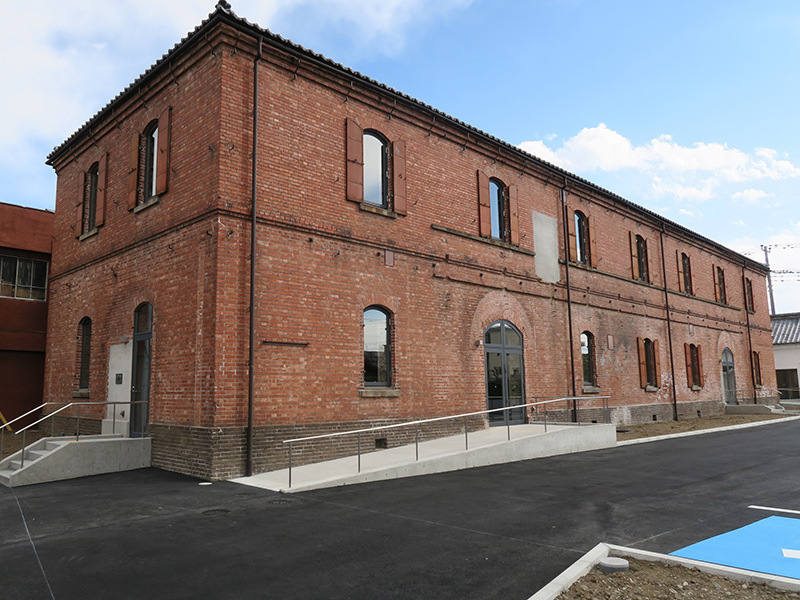
Built in 1896, this brick warehouse supported Honjō's silk industry with the storage of cocoons and silk. It is a nationally registered tangible cultural property.
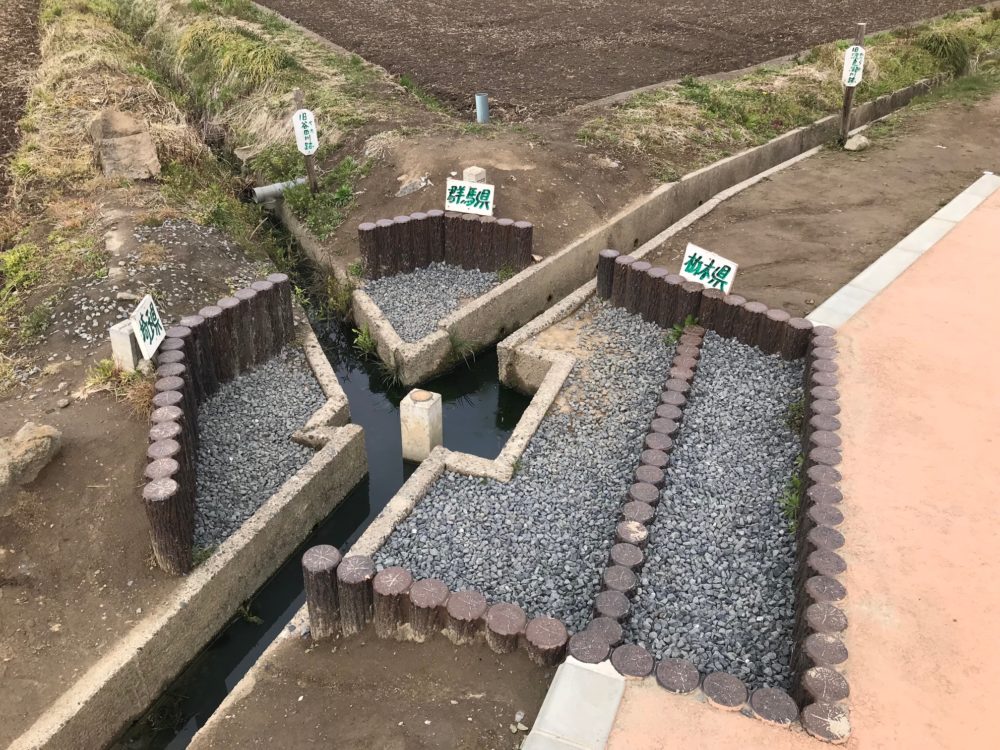
The Border of Three Prefectures straddles Tochigi Prefecture’s Tochigi City, Gunma Prefecture’s Itakura Town, Saitama Prefecture’s Kazo City (around the Kitakawabe region), and comes together at a rice field approximately 500 meters to the southeast of Roadside Station Kitakawabe. The Border of Three Prefectures was located inside the Watarase River, however during the restoration of the river during the Meiji and Taishō periods, the location was changed to the current river channel. From January to March of 2016, land measurements were carried out by Tochigi City, Itakura Town, and Kazo City and an old stake made from concrete, assumed to be installed prior, was discovered and confirmed as the true point of intersection of the three prefectures.
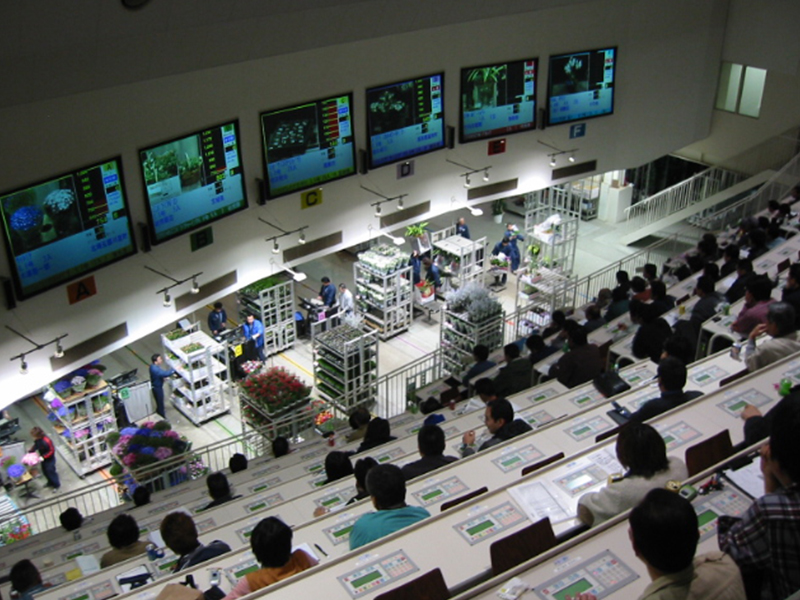
This is one of the largest flower markets in eastern Japan. There is a guided course through the market facility, allowing visitors to easily observe the auction (Monday/Wednesday/Friday). There is also a restaurant inside the facility.
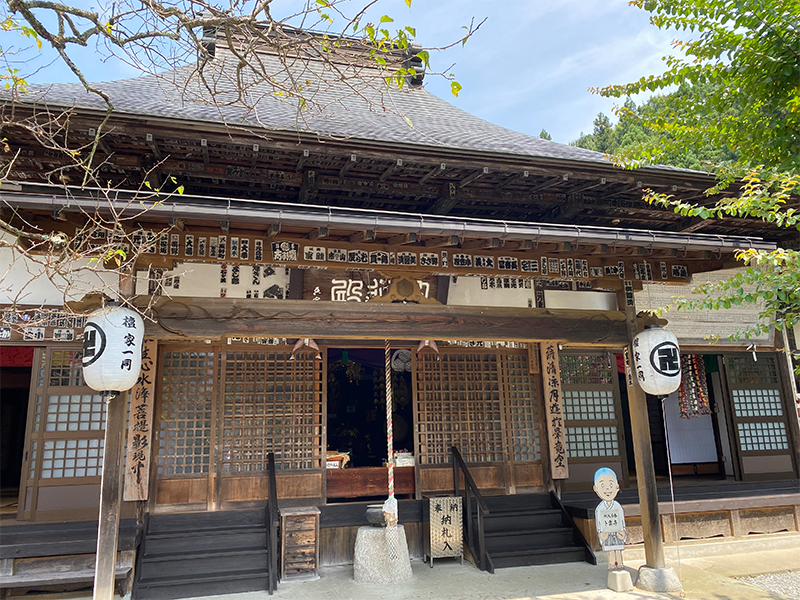
At Bokuunji Temple of Mt. Kōyō, also known as Oginodo, the main deity of Saint Kannon is said to have once stood on the summit of Mt. Bukō. Bokuunji Temple is also dedicated to rare items such as a Seiryoji-style Sakyamuni statue, a picture scroll of good fortune, and a tooth of Yamanba (a mountain witch). A magnificent view of Mt. Bukō is visible from the front of the temple.
This site uses cookies to improve the user experience. If you continue to browse, you consent to the use of cookies on this site. Accept
CONTACT
